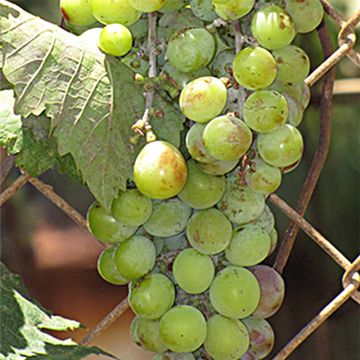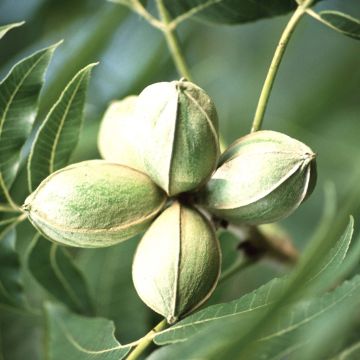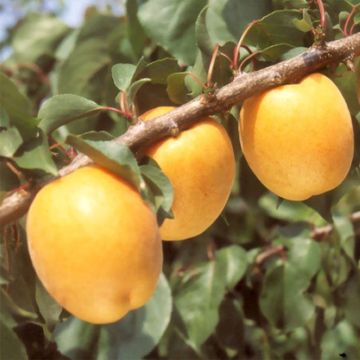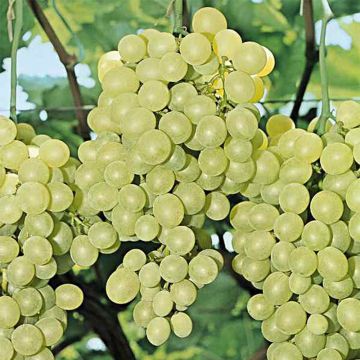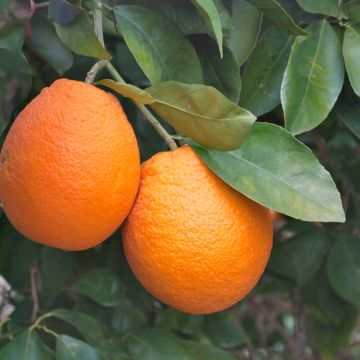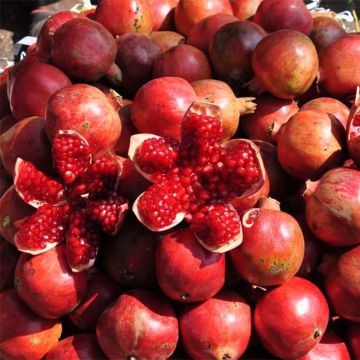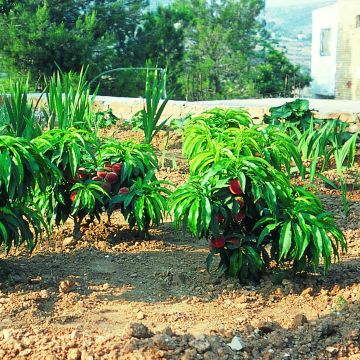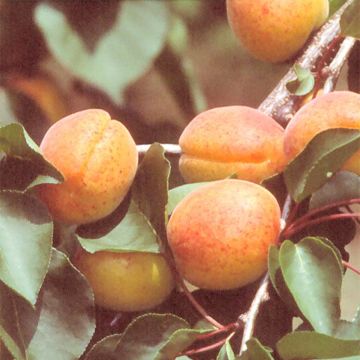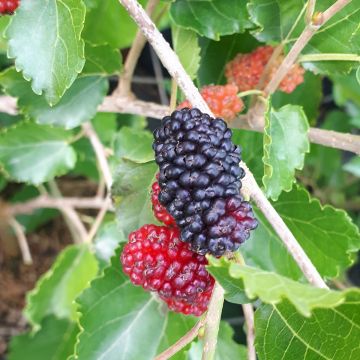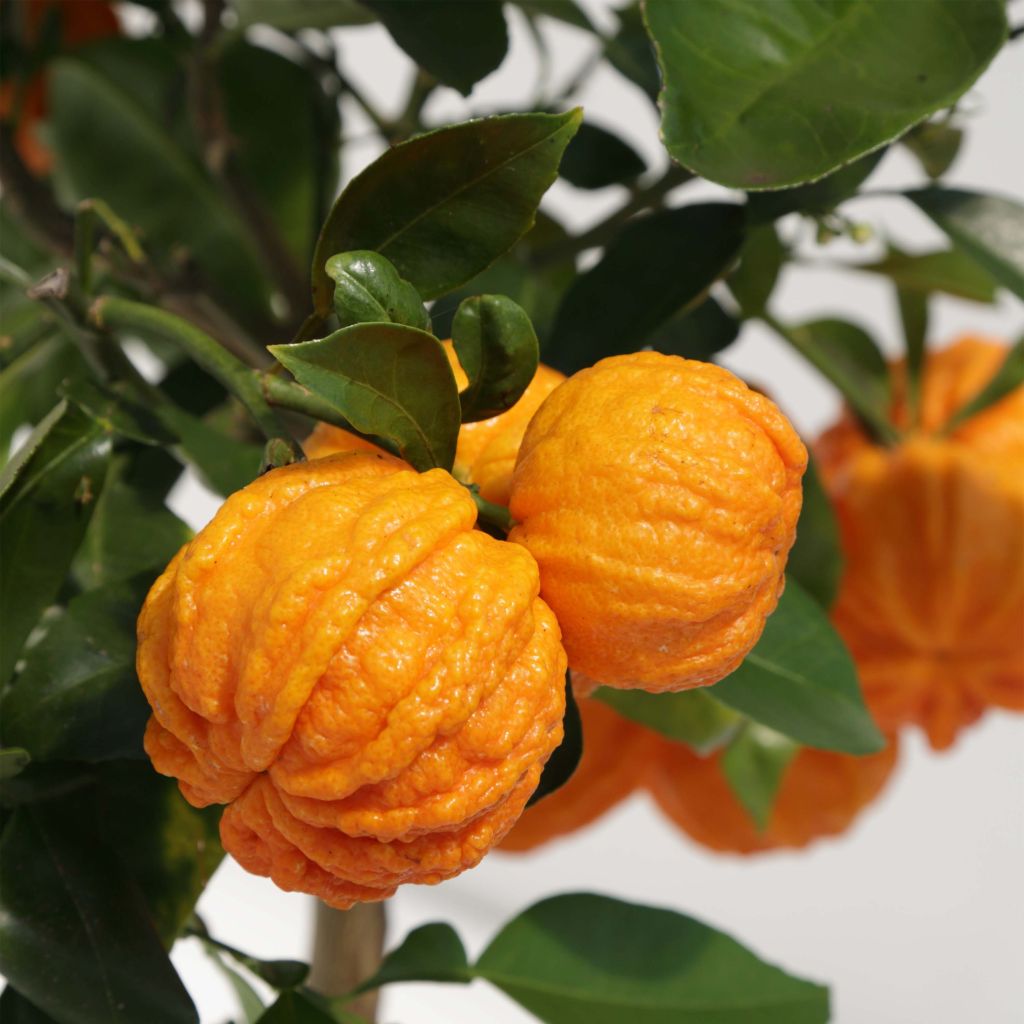

Citrus Corrugata - Bitter Orange
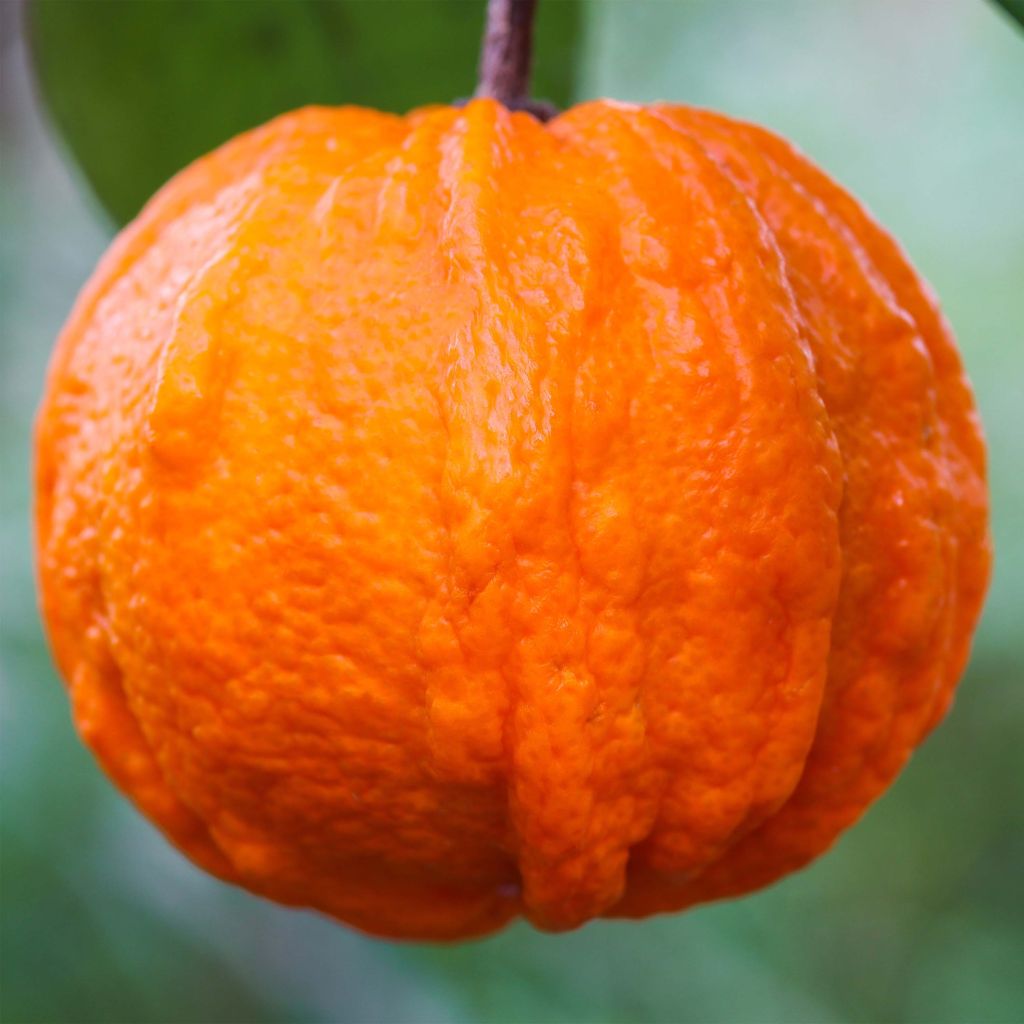

Citrus Corrugata - Bitter Orange
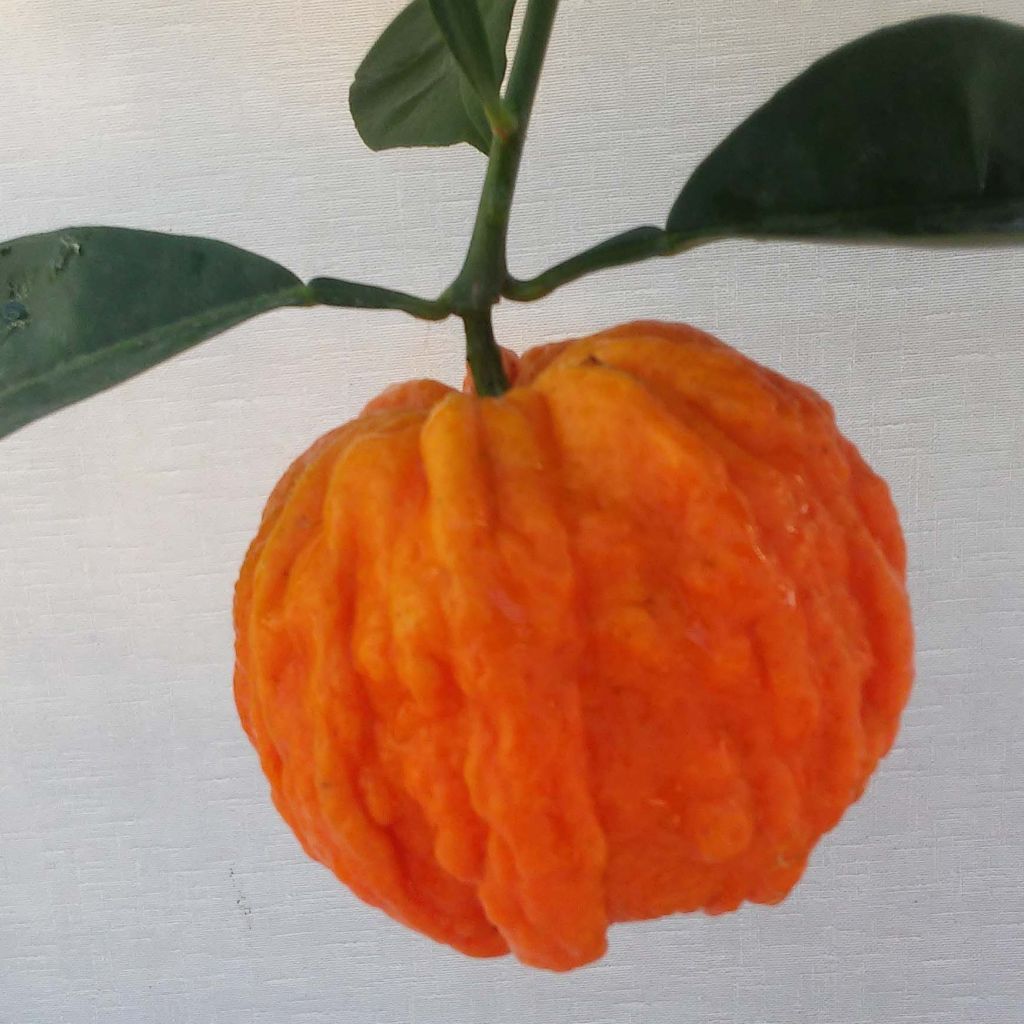

Citrus Corrugata - Bitter Orange
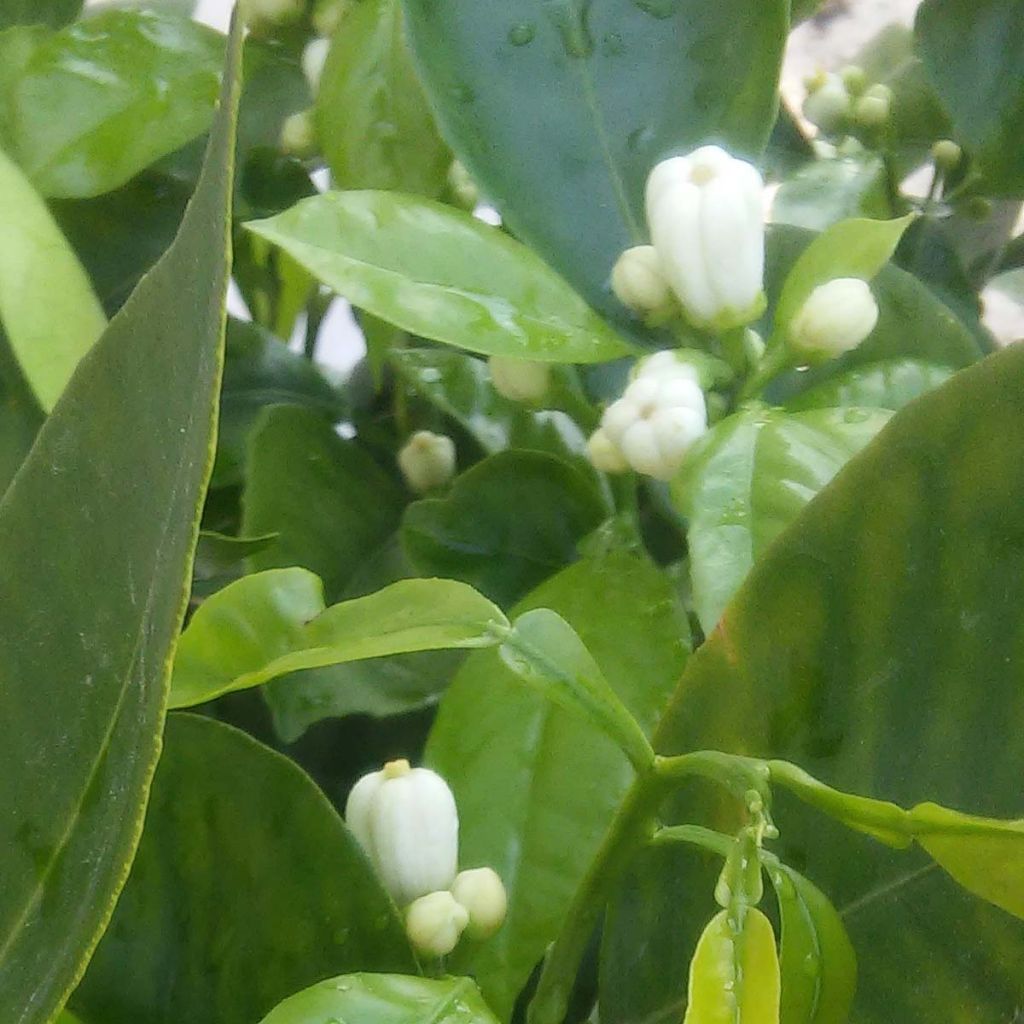

Citrus Corrugata - Bitter Orange
Citrus Corrugata - Bitter Orange
Citrus sinensis x aurantium Corrugata
Bitter orange, Seville orange, Sour orange, Bigarade orange, Marmalade orange
This item cannot be shipped to the selected country
Delivery charge from €5.90
Delivery to Corse prohibited
More information
Schedule delivery date,
and select date in basket
This plant carries a 6 months recovery warranty
More information
We guarantee the quality of our plants for a full growing cycle, and will replace at our expense any plant that fails to recover under normal climatic and planting conditions.
From €5.90 for pickup delivery and €6.90 for home delivery
Express home delivery from €8.90.
Delivery to Corse prohibited: UE law prohibits the import of this plant from mainland France to Corse as part of the fight against Xylella fastidiosa. Please accept our sincere apologies.
More information

Description
The 'Corrugata' Orange Tree is an original variety resulting from the cross-breeding of the Sweet Orange (Citrus sinensis) and the Bitter Orange (Citrus aurantium). This beautiful fruit tree with a rounded silhouette and rapid growth presents very ornamental fruits, with orange and undulate peel at ripeness. These medium-sized oranges ripen in January, when the juicy pulp has turned red. It is also appreciated for its foliage and deliciously scented white flowers. This very vigorous variety is hardy up to about -7°C (19.4°F), so it will be reserved for mild climates. Elsewhere, this magnificent compact tree will be preferably grown in a pot and stored away for the winter.
The Orange Tree is a tree native to Southeast Asia. It was introduced to Southern Europe, along the Mediterranean, in the year 1000 by the Arabs.
Cultivated for its ornamental qualities and its oranges, the Orange Tree can reach 7 to 8 metres (23 to 26 feet) in height in open ground. With its rounded spread habit, it enhances its beautiful dense and evergreen foliage. Its leaves are elongated, pointed, shiny on the top, with a vibrant green to deep green colour and very fragrant. It produces small white, highly scented flowers that give way to round oranges, measuring 7 to 10cm (3 to 4in) in diameter, with pulpy and juicy flesh, and a balance between sweetness and acidity. Their orange color occurs thanks to the first frosts, but it is not a sign of ripeness. Harvesting takes place from November to March.
Like all Citrus trees, the Orange Tree contains essential oil pockets in its leaves, flowers, and fruits, often visible to the naked eye, from which essential oil is extracted through distillation (flowers and leaves) or pressing (zest). Most citrus trees thrive in open ground in the Mediterranean coastal regions, where they find the necessary warmth all year round. Elsewhere, they will be grown in pots and stored away as soon as the first cold weather arrives. Not very hardy, the Orange Tree starts to suffer from the cold from -5°C (23°F) to -10°C (14°F).
The Orange Tree blooms from March to July and bears fruit from November to March. The ripening of the fruit takes between 10 and 12 months. It is a self-fertile bush, which means that a single individual is sufficient for complete pollination and fruiting. However, if your citrus tree remains indoors permanently, you will need to occasionally let the pollinators do their work or, if you feel delicate enough, perform hand pollination.
Report an error about the product description
Citrus Corrugata - Bitter Orange in pictures


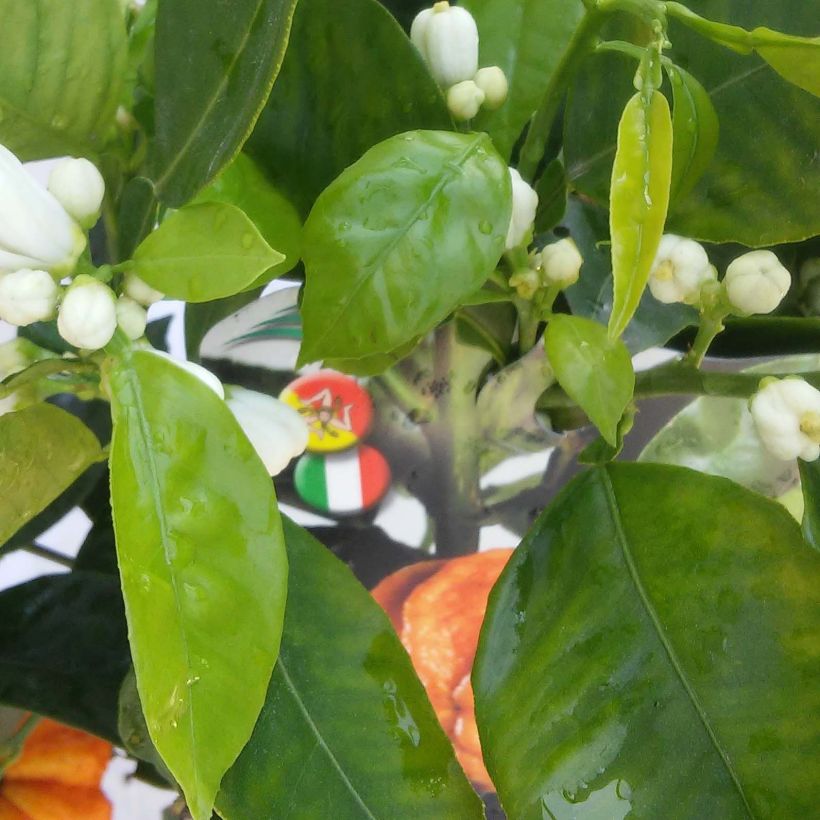

Plant habit
Fruit
Flowering
Foliage
Botanical data
Citrus
sinensis x aurantium
Corrugata
Rutaceae
Bitter orange, Seville orange, Sour orange, Bigarade orange, Marmalade orange
Cultivar or hybrid
Planting and care
Planting in open ground: The Orange tree prefers slightly acidic and non-limestone soils. It is only reasonable to plant it in open ground if you live on a Mediterranean coastal strip. The best time to plant is in early spring, in March and April. Start by watering the root ball to moisten it through capillary action. Dig a hole four to five times the volume of the root ball. If your soil is limestone, don't hesitate to amend it with heath soil. If it is heavy and compact, lighten it with one-third sand. Citrus trees don't appreciate limestone soils or soils with poor drainage as they dislike having their roots in stagnant water. Be careful not to bury the collar, then tamp it down vigorously. Citrus trees are naturally hungry: in any case, consider amending with well-decomposed compost with humus or with "special citrus" fertilizer. Choose a sunny but not scorching location for your bush, sheltered from the wind to avoid drying out the foliage and away from any spray.
Planting in pots: in all other regions, Citrus trees will be planted in pots stored in an orangery or cold greenhouse during winter and outdoors once the frost is over. Planting in pots or repotting takes place in late summer. Choose a pot slightly larger than the root system, as citrus trees don't appreciate feeling cramped. Moisten the root ball well. To improve the drainage capacity of the mix, line the bottom of the pot with clay pebbles. Loosen the root ball and mix two-thirds garden soil with one-third "special citrus" compost. Water generously. Prefer pots made of breathable materials or terracotta.
Citrus trees need a lot of water to thrive. Your Orange tree, especially when grown indoors, should be watered daily and the soil should remain moist at all times. Similarly, make sure to regularly provide it with the fertilizer it needs: every 6 months for slow-release granular fertilizer or every 3 waterings for liquid fertilizer.
Planting period
Intended location
Care
-
, onOrder confirmed
Reply from on Promesse de fleurs
Mediterranean fruit trees
Haven't found what you were looking for?
Hardiness is the lowest winter temperature a plant can endure without suffering serious damage or even dying. However, hardiness is affected by location (a sheltered area, such as a patio), protection (winter cover) and soil type (hardiness is improved by well-drained soil).

Photo Sharing Terms & Conditions
In order to encourage gardeners to interact and share their experiences, Promesse de fleurs offers various media enabling content to be uploaded onto its Site - in particular via the ‘Photo sharing’ module.
The User agrees to refrain from:
- Posting any content that is illegal, prejudicial, insulting, racist, inciteful to hatred, revisionist, contrary to public decency, that infringes on privacy or on the privacy rights of third parties, in particular the publicity rights of persons and goods, intellectual property rights, or the right to privacy.
- Submitting content on behalf of a third party;
- Impersonate the identity of a third party and/or publish any personal information about a third party;
In general, the User undertakes to refrain from any unethical behaviour.
All Content (in particular text, comments, files, images, photos, videos, creative works, etc.), which may be subject to property or intellectual property rights, image or other private rights, shall remain the property of the User, subject to the limited rights granted by the terms of the licence granted by Promesse de fleurs as stated below. Users are at liberty to publish or not to publish such Content on the Site, notably via the ‘Photo Sharing’ facility, and accept that this Content shall be made public and freely accessible, notably on the Internet.
Users further acknowledge, undertake to have ,and guarantee that they hold all necessary rights and permissions to publish such material on the Site, in particular with regard to the legislation in force pertaining to any privacy, property, intellectual property, image, or contractual rights, or rights of any other nature. By publishing such Content on the Site, Users acknowledge accepting full liability as publishers of the Content within the meaning of the law, and grant Promesse de fleurs, free of charge, an inclusive, worldwide licence for the said Content for the entire duration of its publication, including all reproduction, representation, up/downloading, displaying, performing, transmission, and storage rights.
Users also grant permission for their name to be linked to the Content and accept that this link may not always be made available.
By engaging in posting material, Users consent to their Content becoming automatically accessible on the Internet, in particular on other sites and/or blogs and/or web pages of the Promesse de fleurs site, including in particular social pages and the Promesse de fleurs catalogue.
Users may secure the removal of entrusted content free of charge by issuing a simple request via our contact form.
The flowering period indicated on our website applies to countries and regions located in USDA zone 8 (France, the United Kingdom, Ireland, the Netherlands, etc.)
It will vary according to where you live:
- In zones 9 to 10 (Italy, Spain, Greece, etc.), flowering will occur about 2 to 4 weeks earlier.
- In zones 6 to 7 (Germany, Poland, Slovenia, and lower mountainous regions), flowering will be delayed by 2 to 3 weeks.
- In zone 5 (Central Europe, Scandinavia), blooming will be delayed by 3 to 5 weeks.
In temperate climates, pruning of spring-flowering shrubs (forsythia, spireas, etc.) should be done just after flowering.
Pruning of summer-flowering shrubs (Indian Lilac, Perovskia, etc.) can be done in winter or spring.
In cold regions as well as with frost-sensitive plants, avoid pruning too early when severe frosts may still occur.
The planting period indicated on our website applies to countries and regions located in USDA zone 8 (France, United Kingdom, Ireland, Netherlands).
It will vary according to where you live:
- In Mediterranean zones (Marseille, Madrid, Milan, etc.), autumn and winter are the best planting periods.
- In continental zones (Strasbourg, Munich, Vienna, etc.), delay planting by 2 to 3 weeks in spring and bring it forward by 2 to 4 weeks in autumn.
- In mountainous regions (the Alps, Pyrenees, Carpathians, etc.), it is best to plant in late spring (May-June) or late summer (August-September).
The harvesting period indicated on our website applies to countries and regions in USDA zone 8 (France, England, Ireland, the Netherlands).
In colder areas (Scandinavia, Poland, Austria...) fruit and vegetable harvests are likely to be delayed by 3-4 weeks.
In warmer areas (Italy, Spain, Greece, etc.), harvesting will probably take place earlier, depending on weather conditions.
The sowing periods indicated on our website apply to countries and regions within USDA Zone 8 (France, UK, Ireland, Netherlands).
In colder areas (Scandinavia, Poland, Austria...), delay any outdoor sowing by 3-4 weeks, or sow under glass.
In warmer climes (Italy, Spain, Greece, etc.), bring outdoor sowing forward by a few weeks.

































